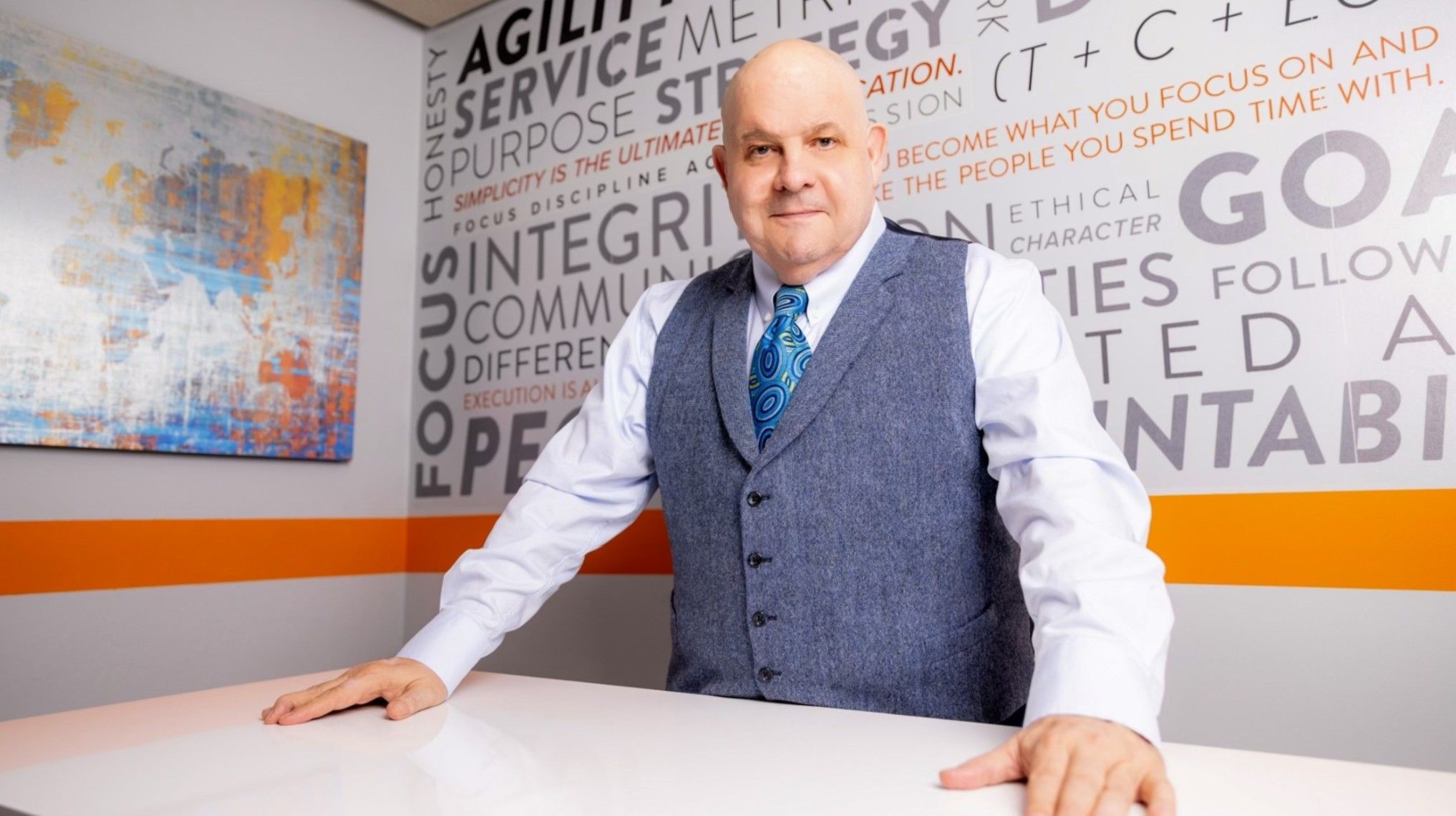Radical Candor - A Leadership Skill of Giving Better Feedback
Radical Candor Masterclass with Amy Sandler


Leadership
People
Upcoming Learning
Who's Up Next?We're continually sourcing the world's greatest minds for your business success, so subscribe today for event updates, business ideas, leadership tips and tools for growth.
Related Articles


